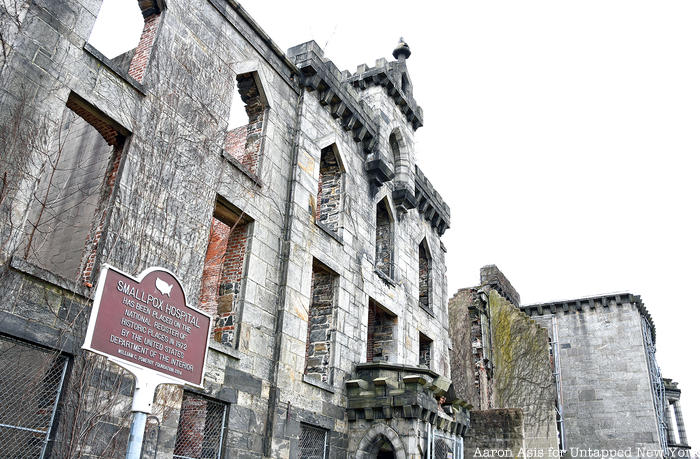7. 1947 Smallpox Outbreak

Smallpox has been a major cause of death every since the early colonial days, with a major outbreak in 1633-1634 killing around 70% of the Native American population. In 1770, Edward Jenner developed a smallpox vaccine from cow pox, and the last case of smallpox was in 1949. However, smallpox killed many New Yorkers during the 19th and 20th centuries: Smallpox killed nearly 2,000 people in both 1872 and 1875 and killed hundreds of New Yorkers each decade during the 1800s.
Yet in March 1947, New York experienced a smallpox outbreak, which only affected 12 people but led to the vaccinations of over 6,350,000 adults and children within three weeks of the outbreak’s discovery. On February 24, 1947, a rug merchant from Maine named Eugene Le Bar fell ill after boarding a bus in Mexico City en route to New York. Despite his fever and rash, smallpox was ruled out since he had a smallpox vaccination scar. Le Bar died on March 10, yet two patients on the same floor as Le Bar developed the same fever and rash as Le Bar and were subsequently diagnosed with smallpox. A handful of other people admitted to the Willard Parker Hospital where Le Bar was staying developed smallpox,
By early April, the public was informed of the smallpox outbreak, and New York City Mayor William O’Dwyer announced that everybody in the city was to receive a smallpox vaccination. Yet, the Health Department at the time only had 250,000 individual doses of vaccine and 400,000 doses in bulk. O’Dwyer met with seven American pharmaceutical companies, which together developed 6 million vaccine doses for the entire city in three weeks. Vaccination clinics were established everywhere from hospitals to police stations to schools, and volunteers went door-to-door urging residents to be vaccinated. More than 600,000 New Yorkers were vaccinated in the first week, and by May 3, 1947, the last vaccination clinic closed.





